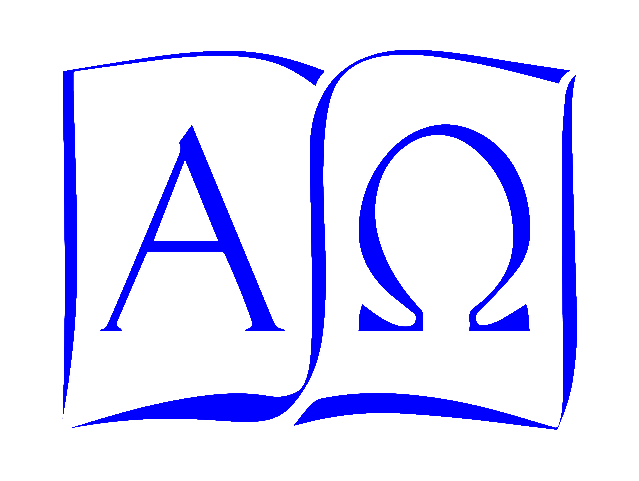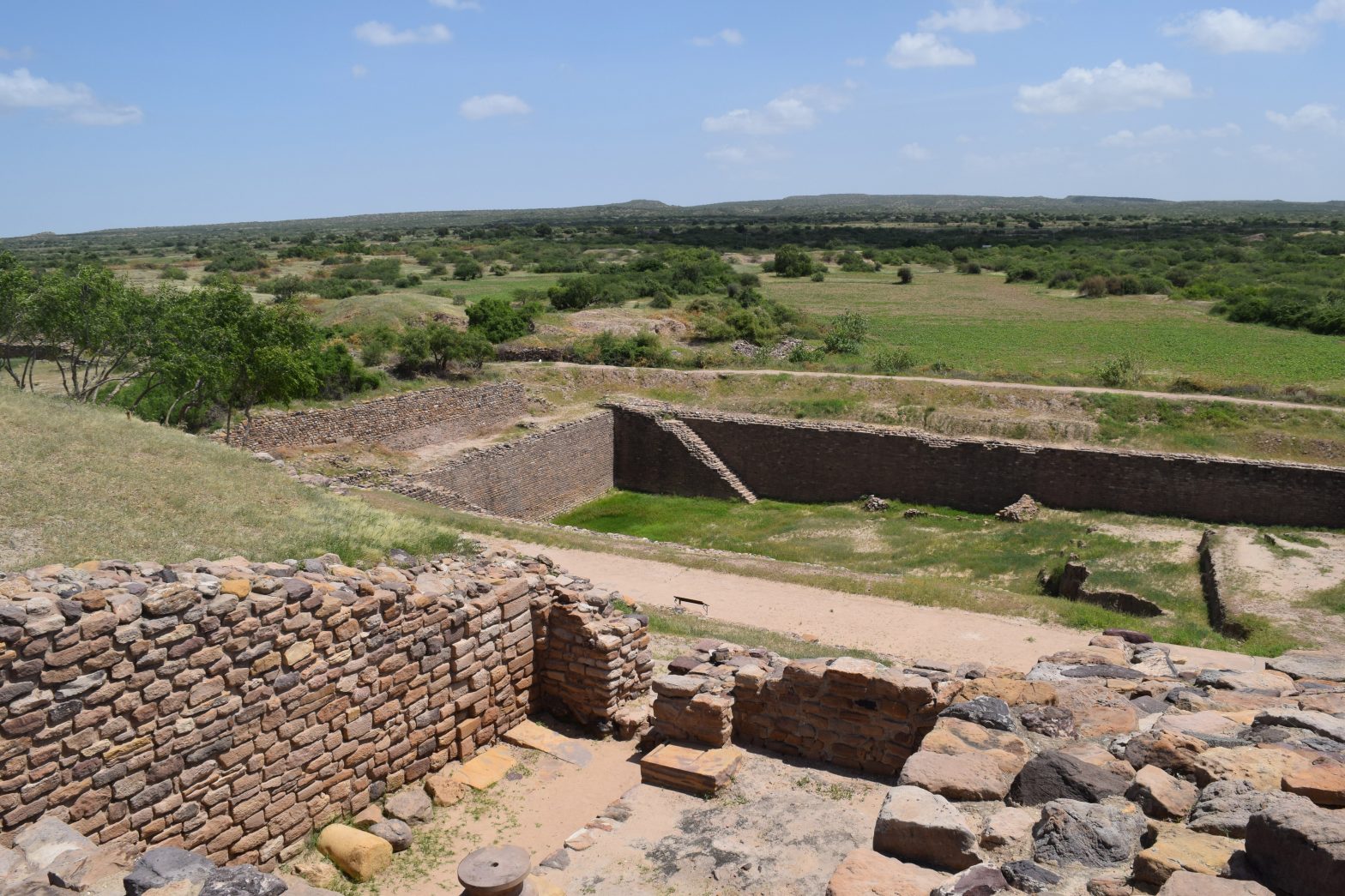Several years ago, we replaced the roof of our house. Among other improvements and repairs, we rebuilt the red-brick chimney stack, since most of the stack had yielded to moss eating into the mortar, and some of the bricks themselves had chipped into pieces, though the house was only about forty-five years old.
Segue to World History I, this year….
In 1856, a couple of British engineers needed ballast for a stretch of the East India Railway. Workers on the project brought fired brick from a ruin nearby, the village of Harappa on the Ravi River, and they brought a lot of it, enough to support 150 kilometers of track. In time, the ruins attracted the attention of British archaeologists, who began to work with Indian archaeologists to recover the cities and villages of brick that lay beneath surface. Over the two centuries since, these historical detectives have discovered a civilization that exceeded in territory and practical technology those of contemporary Egyptian, Mesopotamian, and Chinese kingdoms… identifying “Harrapan” structures based on the use of these uniformly-made, red-sand bricks.
The earliest Harappan structures date to about 3500 BC, and the last structures the Harrapans built were raised around 1500 BC, giving their civilization a period of 2000 years, nearly eight times the length of years since the founding of the United States.
They made cotton in abundance, and apparently so cheaply that they could use it not only for clothing, but also the way we use wrapping paper to package other goods.
They built cities laid out in grids, with public buildings, markets, houses, and craft work shops separated into walled sections, with populations in the tens of thousands. The houses each had a room with a drain into the public sewer system, providing indoor plumbing for nearly everyone.
They made jewelry from carnelian and lapis lazuli that they traded with the rulers of Mesopotamian kingdoms. They made pottery with distinct geometric designs and recognizable animals and plants, and they buried both pots and jewelry with their dead.
They created networks of irrigation ditches to water their wheat and barley, and they domesticated cattle and chickens for meat.
They had writing, but we can’t read it. We don’t know what language they spoke, and none of the inscriptions we have are more than a few symbols long, making it difficult to relate any meaning to particular set of symbols, or even to determine whether they are meant to be words, names, numbers, or syllables.
And they made bricks, thousands of bricks, of uniform shape and size, with which they constructed their cities, irrigation ditches, sewers, and roads, some of which lie in the sun of the Indus Valley even yet. In an era where people tend to emphasize technological advances and deprecate the achievements of the past, with our tendency to dispose of anything more than a few years old, it is humbling to realize that a civilization that vanished over three thousand years ago made bricks that have lasted until now.
It is possible that ancient civilizations have more to teach us, though, than just how to make bricks. What religious impulses inspired them? What government supervised the vast deployment of standardized bricks, weights, measures, and city planning? What stories do their birds and plants and figurines represent? And why, after two millenia of growth and apparent prosperity for a wide segment of their population, did they just leave their cities and let their culture disappear?
When our students ask these questions about Harappa, we have to answer, “We don’t know.”


One response
Cool. For a minute there I thought the picture was your house under reconstruction! Actually it could easily be a Civil War era fortification. Bricks are a kind of technology that it seems could easily spread from one place to another. Assuming they were used earliest in Mesopotamia, a traveler from there to India could see people struggling to build houses out of stones and say, “Hey, have I got a wonderful invention for you!” Bricks presumably work best in hot climates where the sun dries the clay for you. So the Greeks and Gauls would have had limited use for them until someone figured out how to fire them efficiently.